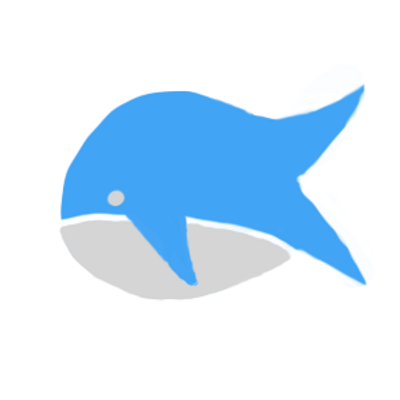Functional Web Components
https://positive-intentions.com/blog/dim-todo-list
Github: https://github.com/positive-intentions/dim
Demo: https://dim.positive-intentions.com
Follow for more!
Hey there! Just checked out Dim and gotta say, awesome job! It’s super cool to see functional web components in action, and your todo list app is both sleek and practical. Love how you laid out the project on GitHub too, really easy to follow.
I’m curious, what inspired you to create Dim in the first place? Also, any tips for someone new to web components? Keep up the great work, looking forward to following your updates!
as for tips for somone new to webcomponents, i think its good to take a look at resources online. i dont know enough to suggest any.
i found that after trying it myself, creating something with vanilla webcomponents was a bit of a pain (and the code looks ugly). so its only natural to lean towards something like Lit or Vue for larger projects.
personally, webcomponents seem cumbersome and thats why i wanted to see if Dim was possible. its an attempt to reduce the complexity.
thanks! im glad you like it :)
> what inspired you to create Dim in the first place?
working with Lit felt a bit like a step backwards when coming from React. the React syntax just seems more elegant to me so i wanted to see if i could do it with webcomponents.
im aiming to see if i can get something that looks and behaves like React, but works natively in a browser without the need to build or transpile. i think in theory it could work.
I can see how there might be usecases for stuff like this in big enterprise developments that change their design often and/or have lots of different departments of people working on the site, but in all the webdev I have ever done myself in my almost 30 years of work in it, I have never had any need for more than hand-written html, css and javascript. That and simple template systems like django/jinja have worked quite well for me and always perform far better than these big frameworks.
Why not simply use elm?
The previous article in the series has a couple paragraphs at the start to introduce the idea and why:
Modern JavaScript frameworks like React JS and Vue JS have popularized the functional programming paradigm and declarative approaches to web app development. While these frameworks have made creating dynamic web applications more accessible, it’s worth exploring the potential of web components in this landscape.
To me it seems more like an exploration and PoC for the purposes of learning than a real alternative to any particular frontend library, but that’s just my interpretation. The subject is interesting anyway, even if I won’t do this myself in a real world project at work.
> PoC for the purposes of learning
yeah thats right.
i want to see if creating some kind of thin-transparent-wrapper like this, could make it so i dont have to update it as a dependencies. consider that we recently got react 19. this will be followed by a scramble by many to use the latest and most stable version.
i cant guarantee any stability in my current progress, but in theory, by relying on the underlying web component from the browser, it becomes future-proof.
Elm is good.
For this project I specifically wanted to use web components, but in the style of React.
There is no practical use case for this “UI framework”. It’s a personal learning process.
Cool. Learning is good.


